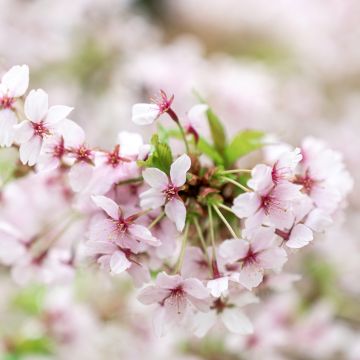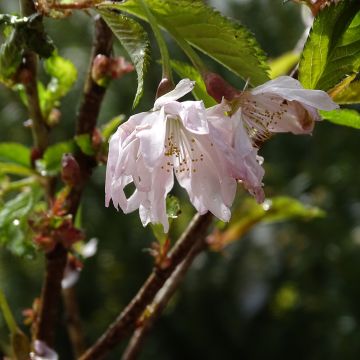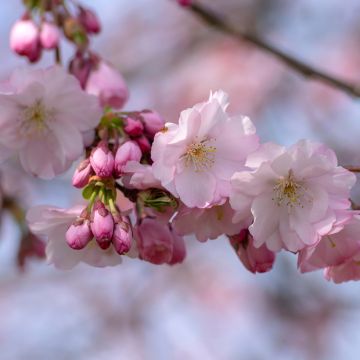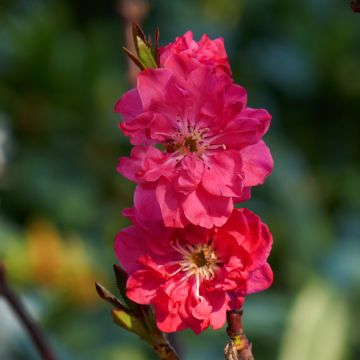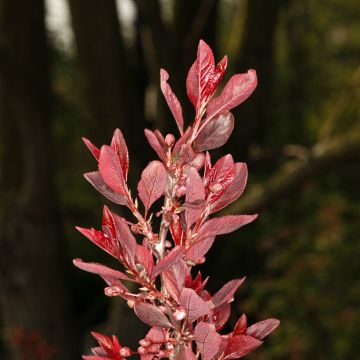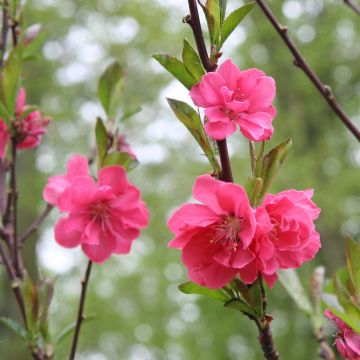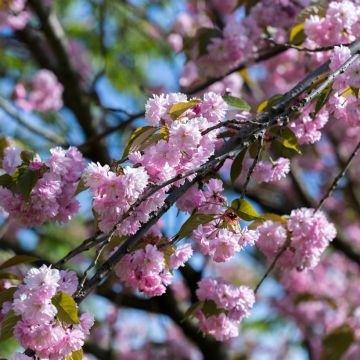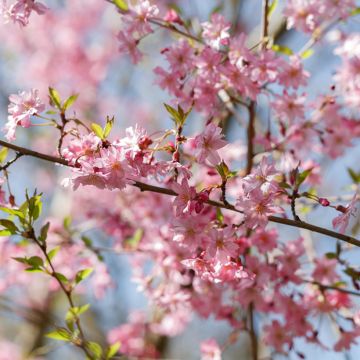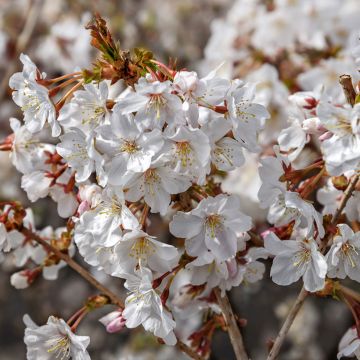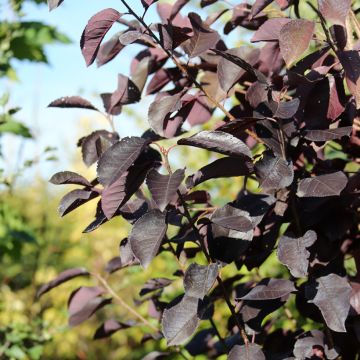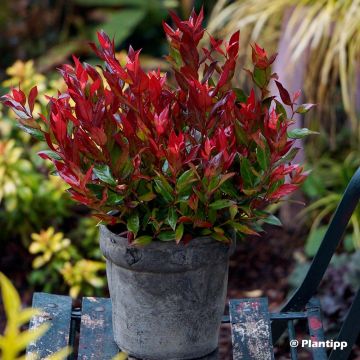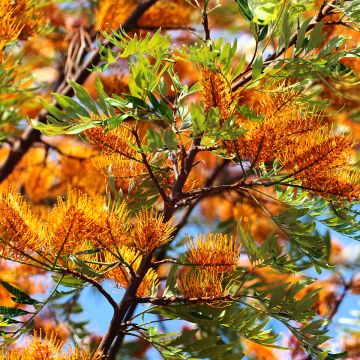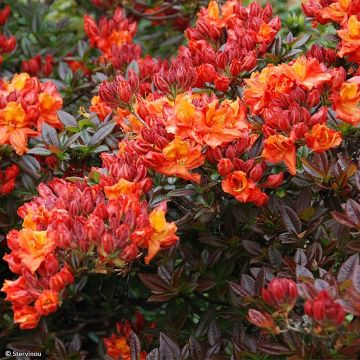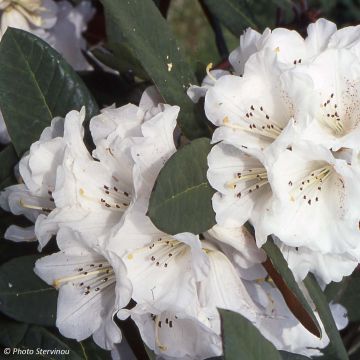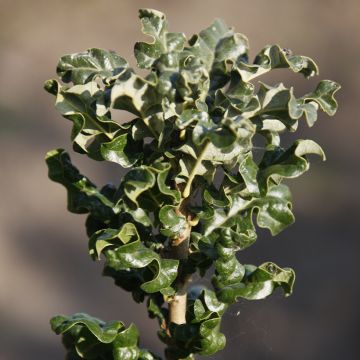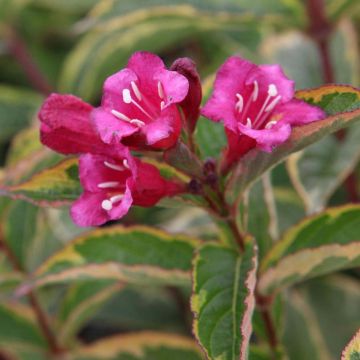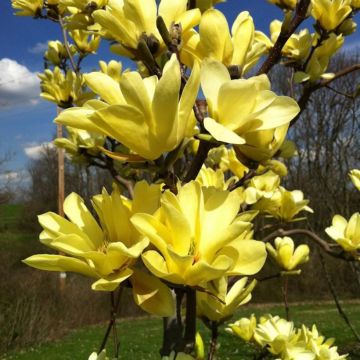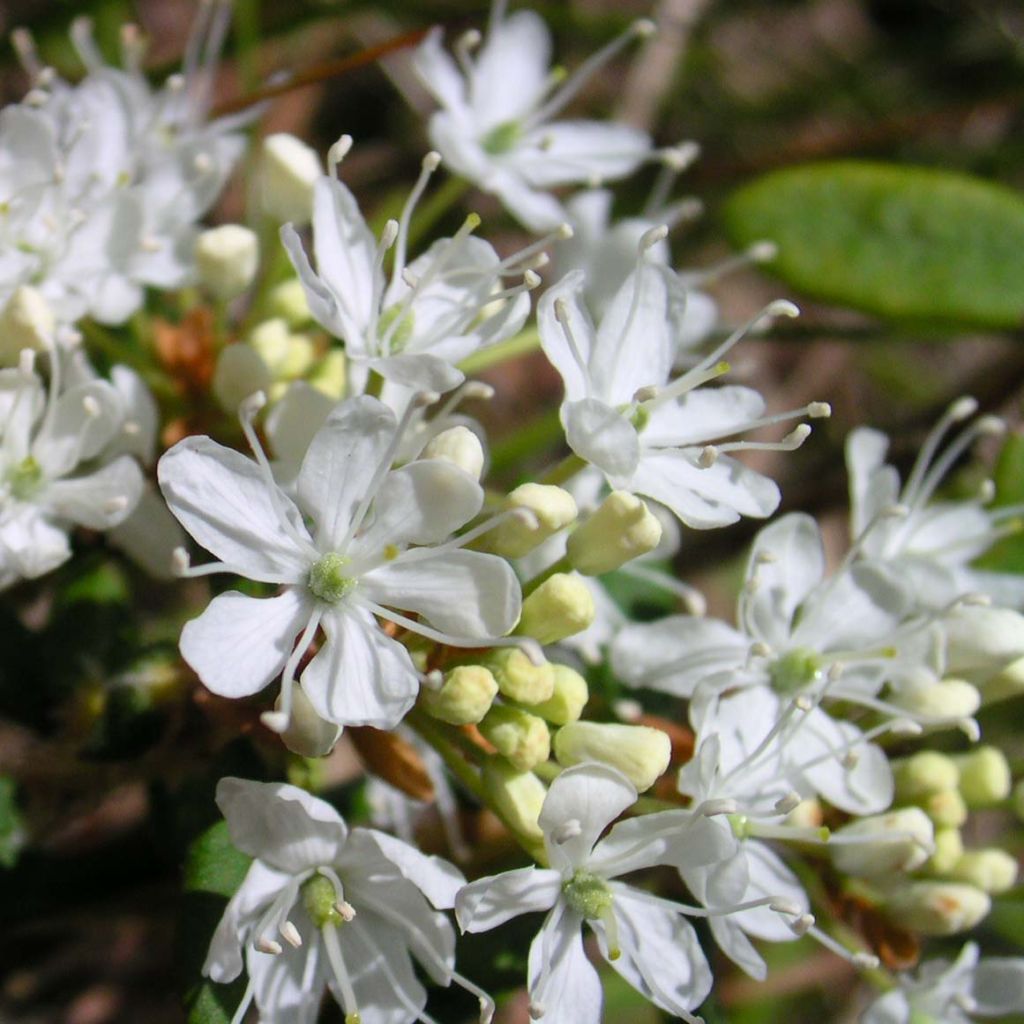

Cerisier à fleurs nain rampant - Prunus pumila Depressa
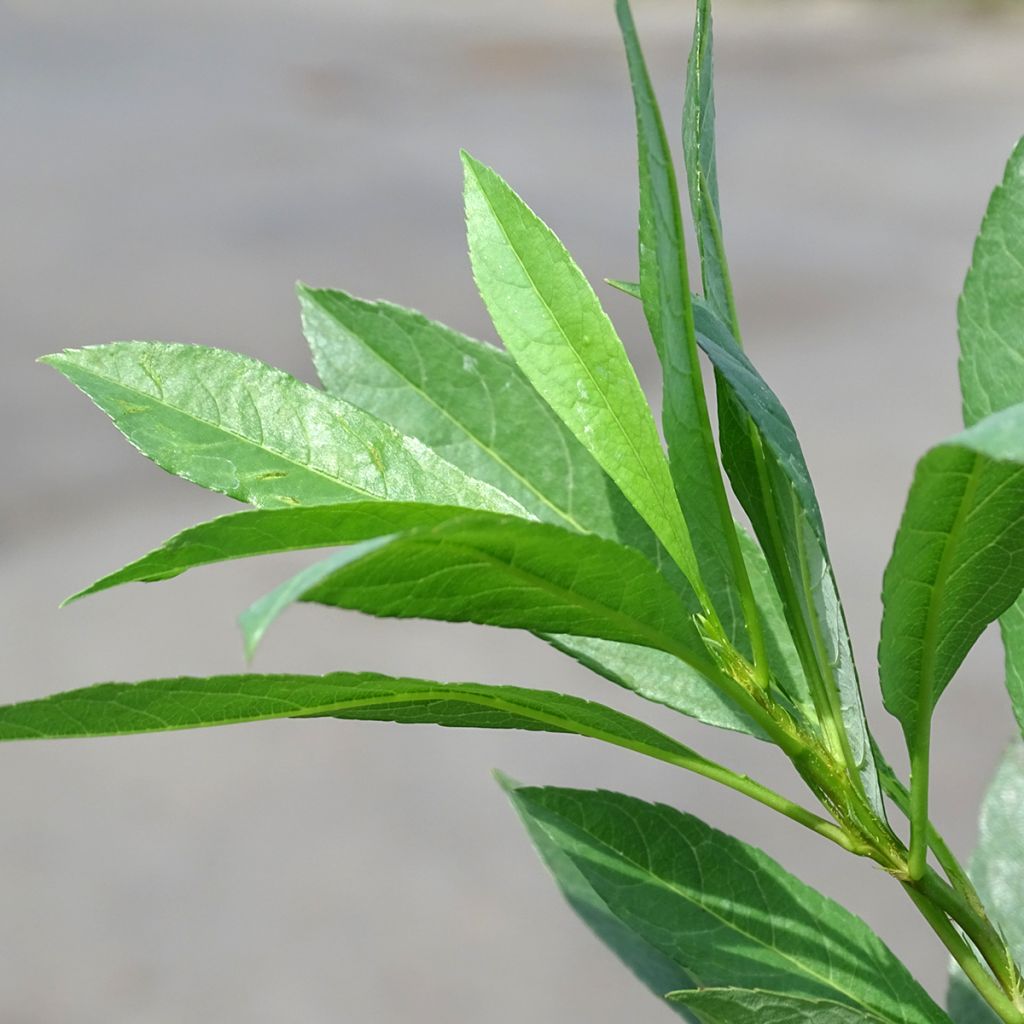

Cerisier nain rampant - Prunus pumila Depressa
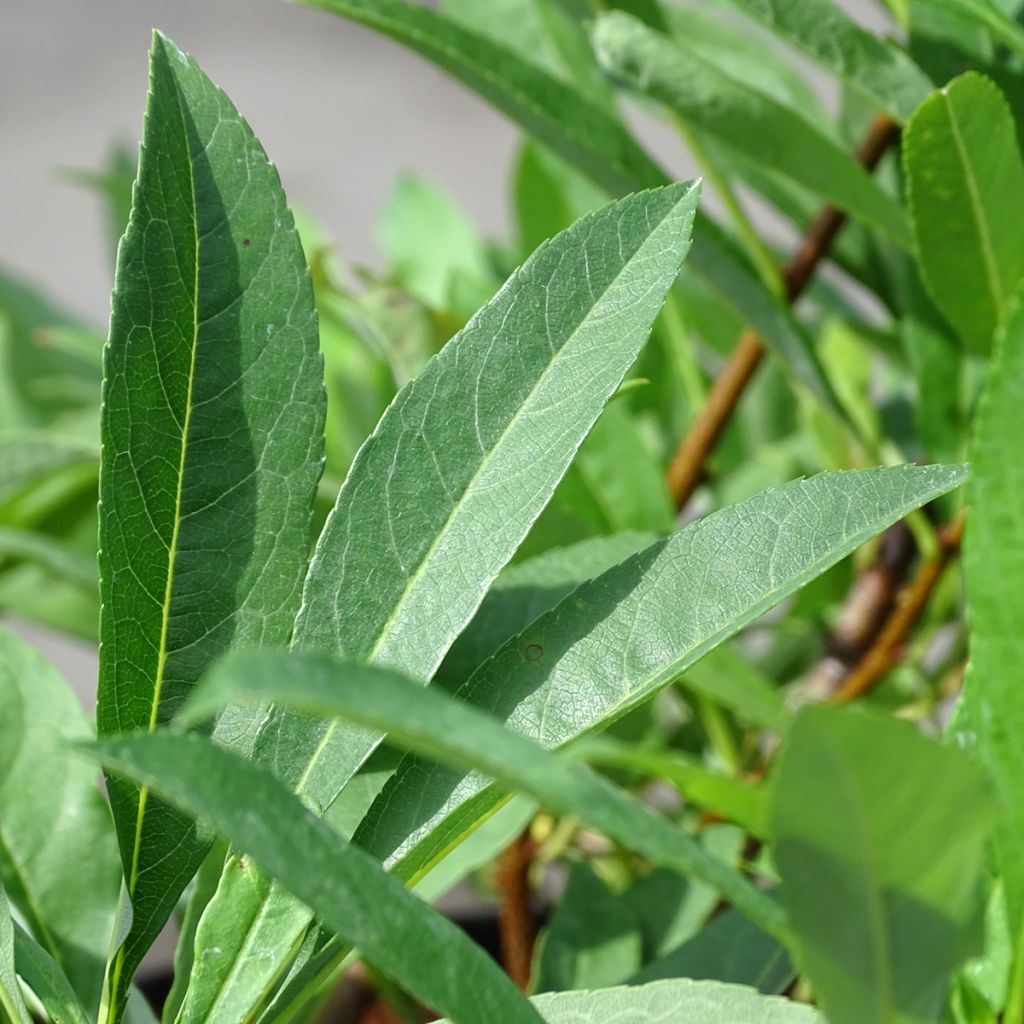

Cerisier nain rampant - Prunus pumila Depressa
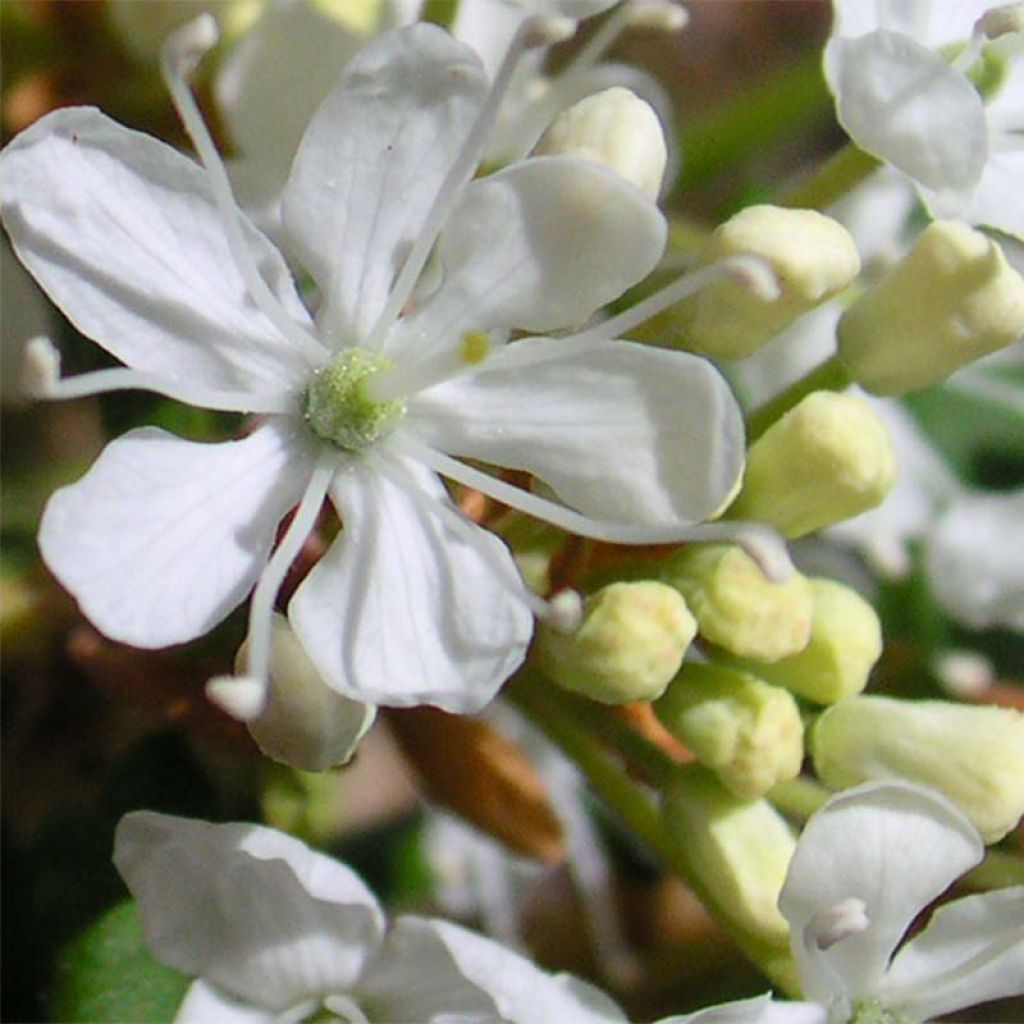

Cerisier à fleurs nain rampant - Prunus pumila Depressa
Prunus pumila Depressa
Prunus pumila Depressa
Sand Cherry, Dwarf Cherry
The trunk is split in the middle. Several small branches are broken.
Alain, 14/06/2024
This item cannot be shipped to the selected country
Delivery charge from €5.90
Delivery to Corse prohibited
More information
Delivery charge from €5.90
Delivery to Corse prohibited
More information
Schedule delivery date,
and select date in basket
This plant carries a 24 months recovery warranty
More information
We guarantee the quality of our plants for a full growing cycle, and will replace at our expense any plant that fails to recover under normal climatic and planting conditions.
From €5.90 for pickup delivery and €6.90 for home delivery
Express home delivery from €8.90.
Delivery to Corse prohibited: UE law prohibits the import of this plant from mainland France to Corse as part of the fight against Xylella fastidiosa. Please accept our sincere apologies.
More information
Does this plant fit my garden?
Set up your Plantfit profile →
Description
The Prunus pumila var. depressa is often called Sand Cherry or Sand Plum, due to its curiously prostrate habit, widely spreading. Its delightful white flowering, in the heart of spring, followed by small black and edible cherries, unmistakably links this astonishing deciduous and ground-covering bush to the large family of ornamental cherries. Autumn paints its small foliage with red and orange tones, which is stunning when it overflows from flower pots or spreads in large blankets on the ground. In the garden, it is not a plant for dry soil, but for light and well-drained soil, remaining moist even in summer. It will find its place at the edge of a flower bed, in a large and moist rockery, where it will naturally form a robust ground cover, as original as it is ornamental.
The Prunus pumila 'Depressa', from the large family of Rosaceae, is a widespread botanical species in dunes and sandy shores in Canada and much of the United States. It is a plant that prefers filtering, sandy to rocky soil, with a harsh winter climate and watering throughout the year. Of moderately fast growth, it shows a very spreading habit, supported by long reddish branches that creep on the ground. Its well-developed root system has the ability to retain porous and light soils. At maturity, it will not exceed 25-35 cm (10-14in) in height with a spread of 2.50 m (8ft), spreading through rhizomes. Simultaneously with the appearance of foliage, in April-May depending on the regions, a profusion of small 5-petal flowers, 2 cm (1in) in diameter, appears in small clusters on the previous year's branches. Highly visited by bees, they give way to small fruits that resemble black cherries in late summer. While edible, they are more appreciated by birds than by humans. The deciduous foliage is composed of small, entire, leathery and elongated alternate leaves. They are 2 to 5 cm (1 to 2in) long, fairly dark and shiny green on the upper surface, white-blue on the underside, and finely toothed along the edges. In autumn, they turn into magnificent shades of orange to red.
This surprising Prunus forms a magnificent ground cover in porous and fresh soil. Interesting for a good part of the year, very robust, it requires no pruning, except to contain its lateral growth. It will be particularly enhanced in a large rockery or at the edge of a sunny shrub bed. Perfectly hardy, it can be cultivated even in mountain gardens, always in fresh soil. It dislikes heavy and clayey soils and excessively dry conditions, but tolerates limestone very well. For example, it can be associated with other ground-covering shrubs such as roses, creeping ceanothus, cotoneaster, Nandina 'Fire Power', heathers, evergreen euonymus.
Prunus pumila Depressa in pictures
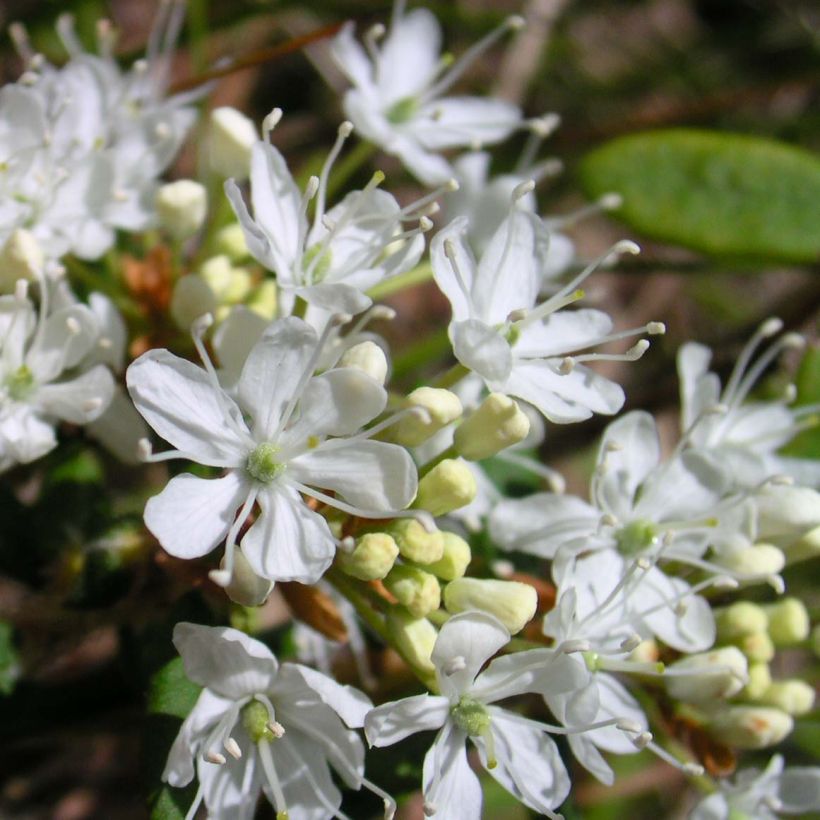

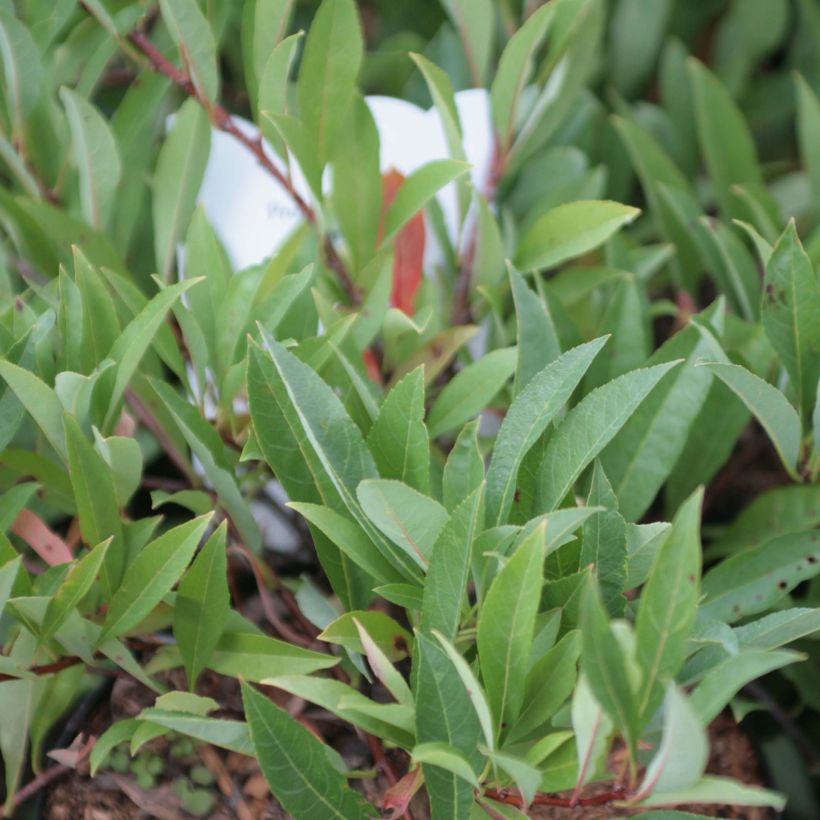

Plant habit
Flowering
Foliage
Botanical data
Prunus
pumila
Depressa
Rosaceae
Sand Cherry, Dwarf Cherry
North America
Other Prunus
Planting and care
The Prunus pumila 'Depressa' is planted in spring or autumn, depending on the climate. It thrives in full sun in any light, sandy or even rocky, well-drained but not too dry soil. It tolerates the presence of limestone in the soil. Water during dry and hot weather. When planting, mix your soil with compost up to 50%, as well as coarse sand if your soil tends to be clayey. Planting on a slope or in a rock garden is ideal, especially as it enhances the beauty of this plant. Dig a large planting hole. Apply a flowering shrub fertiliser every spring. Pruning is not necessary for this Prunus, but can be useful to control the spreading of the plant. Preferably intervene in mid-summer.
Planting period
Intended location
Care
Spring-flowering shrubs
Haven't found what you were looking for?
Hardiness is the lowest winter temperature a plant can endure without suffering serious damage or even dying. However, hardiness is affected by location (a sheltered area, such as a patio), protection (winter cover) and soil type (hardiness is improved by well-drained soil).

Photo Sharing Terms & Conditions
In order to encourage gardeners to interact and share their experiences, Promesse de fleurs offers various media enabling content to be uploaded onto its Site - in particular via the ‘Photo sharing’ module.
The User agrees to refrain from:
- Posting any content that is illegal, prejudicial, insulting, racist, inciteful to hatred, revisionist, contrary to public decency, that infringes on privacy or on the privacy rights of third parties, in particular the publicity rights of persons and goods, intellectual property rights, or the right to privacy.
- Submitting content on behalf of a third party;
- Impersonate the identity of a third party and/or publish any personal information about a third party;
In general, the User undertakes to refrain from any unethical behaviour.
All Content (in particular text, comments, files, images, photos, videos, creative works, etc.), which may be subject to property or intellectual property rights, image or other private rights, shall remain the property of the User, subject to the limited rights granted by the terms of the licence granted by Promesse de fleurs as stated below. Users are at liberty to publish or not to publish such Content on the Site, notably via the ‘Photo Sharing’ facility, and accept that this Content shall be made public and freely accessible, notably on the Internet.
Users further acknowledge, undertake to have ,and guarantee that they hold all necessary rights and permissions to publish such material on the Site, in particular with regard to the legislation in force pertaining to any privacy, property, intellectual property, image, or contractual rights, or rights of any other nature. By publishing such Content on the Site, Users acknowledge accepting full liability as publishers of the Content within the meaning of the law, and grant Promesse de fleurs, free of charge, an inclusive, worldwide licence for the said Content for the entire duration of its publication, including all reproduction, representation, up/downloading, displaying, performing, transmission, and storage rights.
Users also grant permission for their name to be linked to the Content and accept that this link may not always be made available.
By engaging in posting material, Users consent to their Content becoming automatically accessible on the Internet, in particular on other sites and/or blogs and/or web pages of the Promesse de fleurs site, including in particular social pages and the Promesse de fleurs catalogue.
Users may secure the removal of entrusted content free of charge by issuing a simple request via our contact form.

































